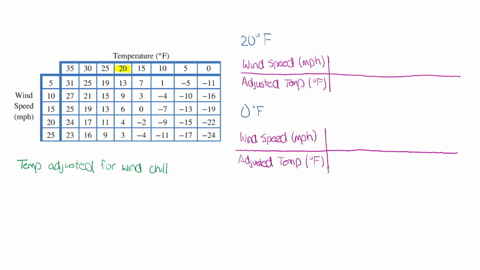
Intuitively, such a balance is reached if the temperature becomes the same for different objects or parts of the system in thermal contact, and the net heat transfer over time becomes zero.

In a similar way, we should examine the heat transfer between a thermodynamic system and its environment or between the different parts of the system, and its balance should dictate the thermal equilibrium of the system.

When we studied a mechanical system, we focused on the forces and torques on the system, and their balances dictated the mechanical equilibrium of the system. However, when we discuss a thermodynamic system in this chapter, we study those that have uniform properties throughout the system.īefore we can carry out any study on a thermodynamic system, we need a fundamental characterization of the system. You could have, for example, a temperature gradient across the system. Any thermodynamic system is therefore treated as a continuum that has the same behavior everywhere inside. In other words, we concentrate on the macroscopic properties of the system, which are the averages of the microscopic properties of all the molecules or entities in the system. When we examine a thermodynamic system, we ignore the difference in behavior from place to place inside the system for a given moment. (credit a: modification of work by Gina Hamilton credit b: modification of work by Jane Whitney) A little steam escapes through the top valve to prevent explosion. (b) A pressure cooker is a good approximation to a closed system. It transfers heat and matter (steam) to its surroundings. The boundary then consists of the inner surfaces of the cylinder and piston.įigure 3.3 (a) This boiling tea kettle is an open thermodynamic system. For example, if we are studying a car engine, the burning gasoline inside the cylinder of the engine is the thermodynamic system the piston, exhaust system, radiator, and air outside form the surroundings of the system. In reality, the immediate surroundings of the system are interacting with it directly and therefore have a much stronger influence on its behavior and properties. It is embedded in its surroundings or environment it can exchange heat with, and do work on, its environment through a boundary, which is the imagined wall that separates the system and the environment ( Figure 3.2).


By the end of this section, you will be able to:


 0 kommentar(er)
0 kommentar(er)
